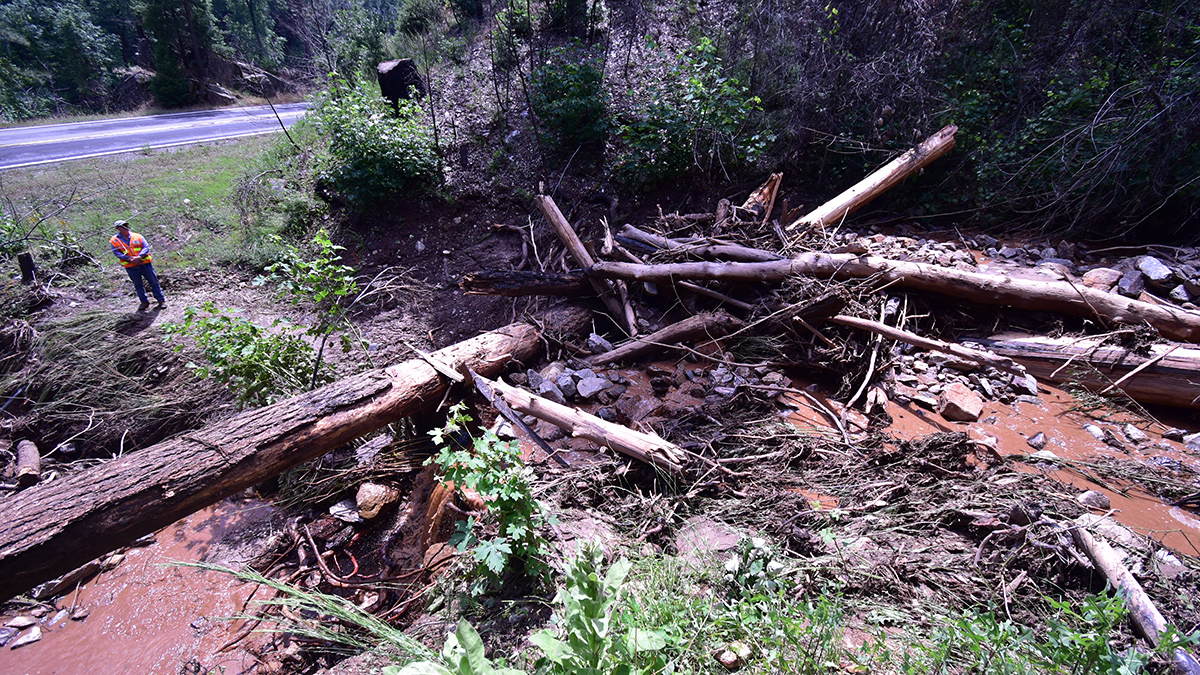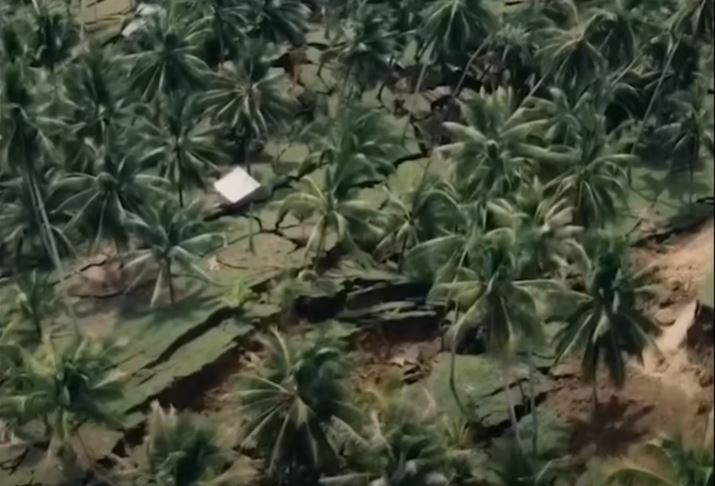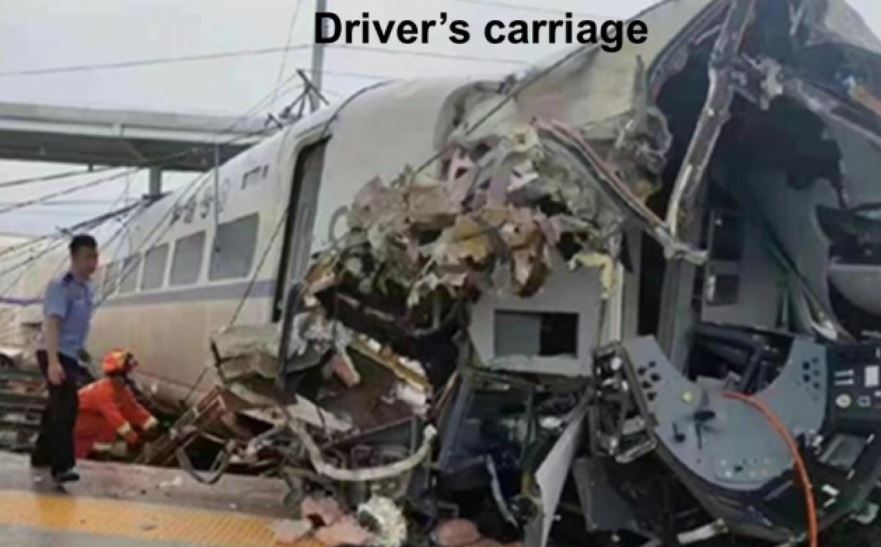The Landslide Blog is written by Dave Petley, who is widely recognized as a world leader in the study and management of landslides. On 16 December 2023 an interesting failure occurred on an engineered slope at Taman Wawasan in Puchong, Malaysia. The location of the slope is [3.0378, 101.6215]. The failure removed the roadway in […]
landslides
Postfire Debris Flows Strike in a Puzzling Pattern
California geologists are improving their understanding and forecasting of which slopes in wildfire-burned areas might fail during heavy rainstorms.
The 4 June 2023 Yongsheng landslide in China
The Landslide Blog is written by Dave Petley, who is widely recognized as a world leader in the study and management of landslides. On 4 June 2023 the Yongsheng landslide in Jinkouhe District of Sichuan Province in China killed 19 people, located in a miners’ dormitory that was crushed by the failure. I blogged about […]
A landslide susceptibility map for India
The Landslide Blog is written by Dave Petley, who is widely recognized as a world leader in the study and management of landslides. In terms of lives lost from rainfall triggered landslides, India is the worst affected on Earth. The combination of areas of steep topography, high uplift rates, monsoon rainfall and environmental degradation yields […]
Bonchurch: a very large landslide on the Isle of Wight
On 10 December 2023, a large landslide occurred at Bonchurch on the Isle of Wight in the south of England. 20 houses have been evacuated.
Katesh and Gendabi: the 2 – 3 December 2023 channelised debris flows in Tanzania
The Landslide Blog is written by Dave Petley, who is widely recognized as a world leader in the study and management of landslides. On 2 – 3 December 2023, very heavy rainfall struck the Northern Manyara region in Tanzania in Africa, triggering damaging landslides. Worst affected appears to be the area of Mount Hanang, a […]
The deadly 20 November 2023 landslide near Wrangell in Alaska, USA
The Landslide Blog is written by Dave Petley, who is widely recognized as a world leader in the study and management of landslides. At about 9 pm local time on 20 November 2023, a large landslide occurred near to Wrangell in Alaska, USA. At the time of writing, three people have been confirmed to have […]
Landslides triggered by the 17 November 2023 M=6.8 earthquake in Sarangani in the Philippines
The Landslide Blog is written by Dave Petley, who is widely recognized as a world leader in the study and management of landslides. On 17 November 2023 at 4:14 pm local time, an Mw=6.8 earthquake struck the the area of Sarangani in Davao Occidental in the Philippines. The epicentre was located offshore at a depth […]
The Woda landslide on the Jinsha River
The Landslide Blog is written by Dave Petley, who is widely recognized as a world leader in the study and management of landslides. An article in the journal Natural Hazards (Yao et al. 2023) examines the Woda landslide on the Jinsha River. The study tries to determine the potential impact of the failure of a […]
Rongjiang: the 4 June 2022 landslide-induced, high speed railway accident in Guizhou, China
The Landslide Blog is written by Dave Petley, who is widely recognized as a world leader in the study and management of landslides. On 4 June 2022, a high speed train traveling at about 250 km per hour (155 miles per hour) struck a 200 cubic metre landslide that had inundated the track close to […]





